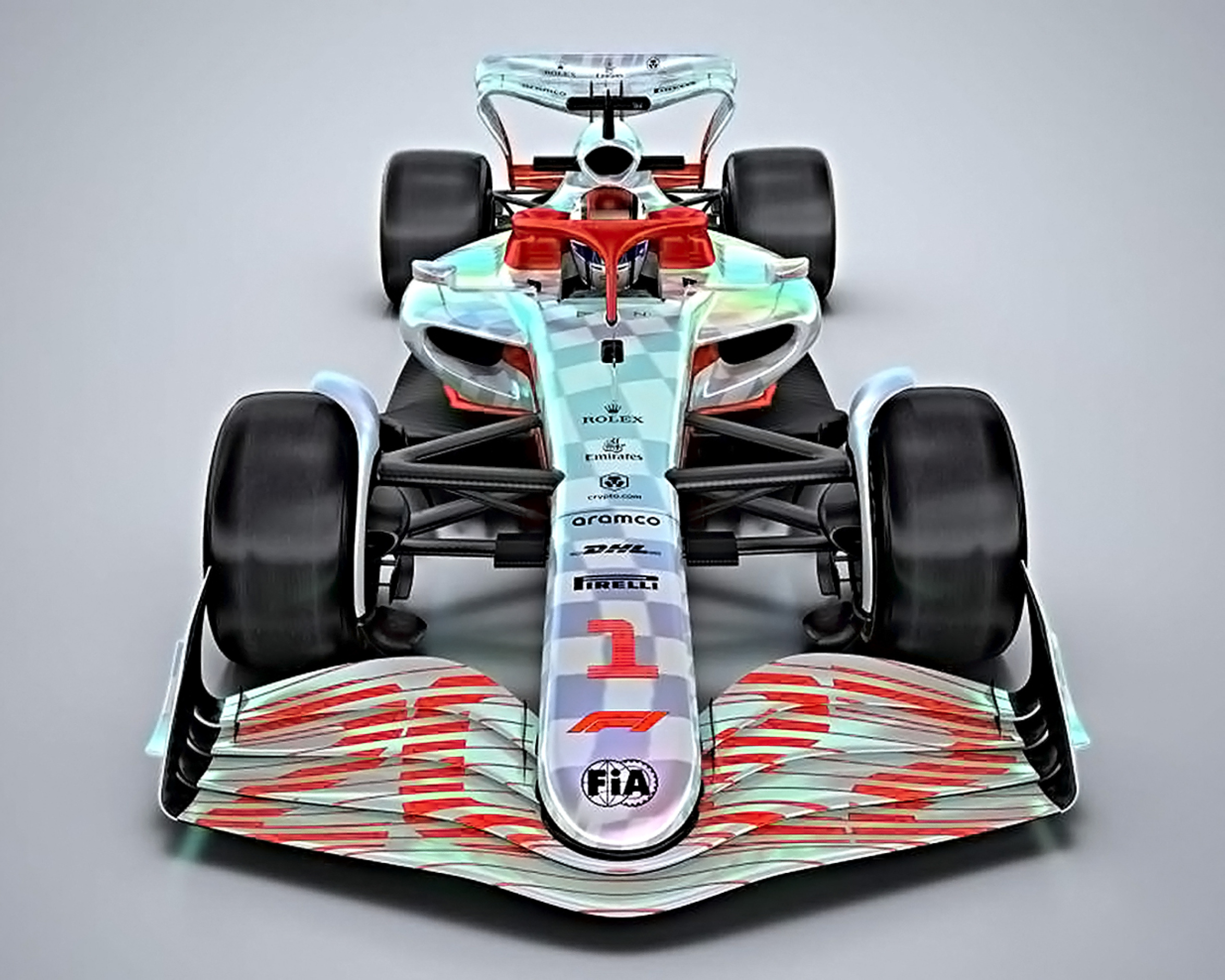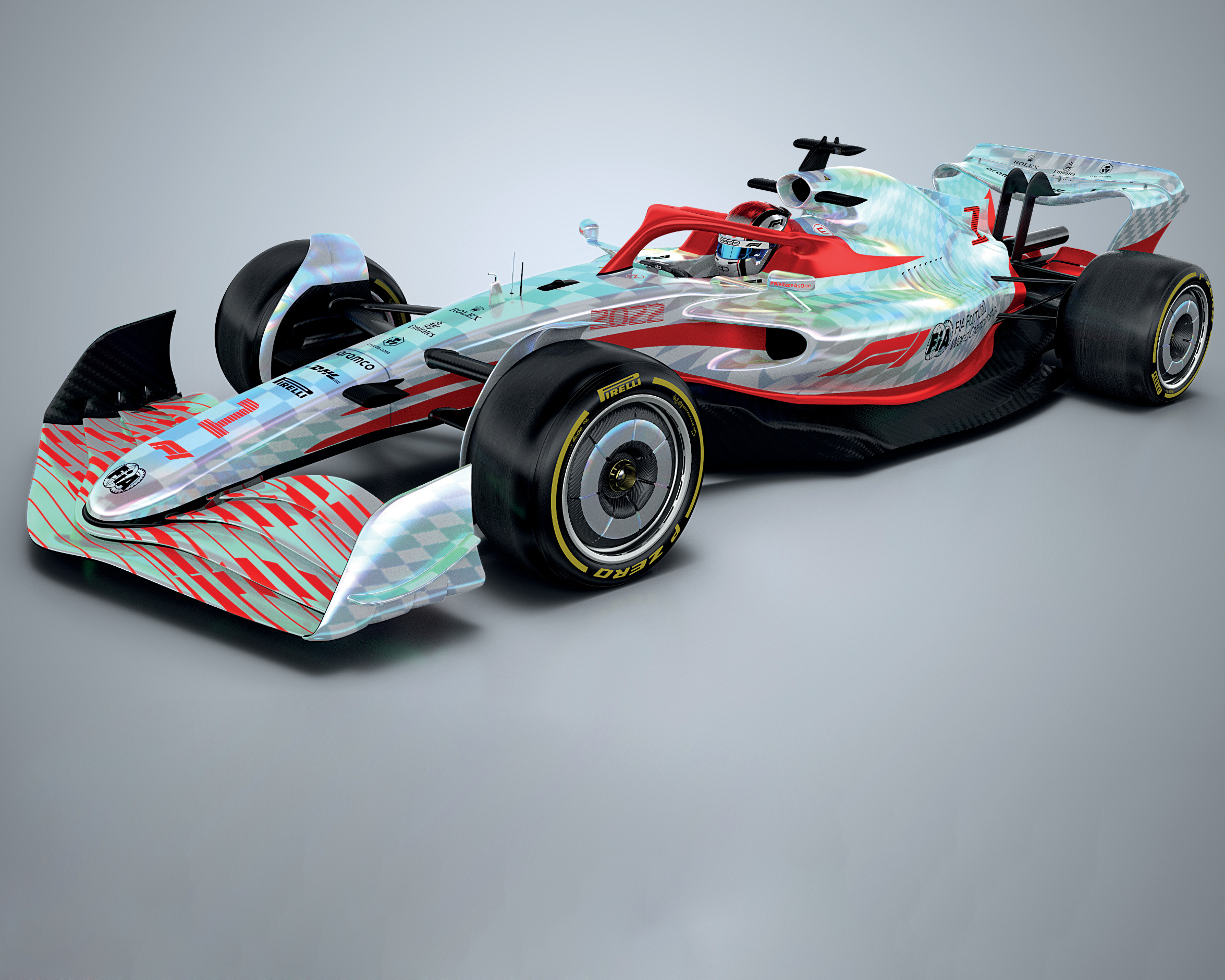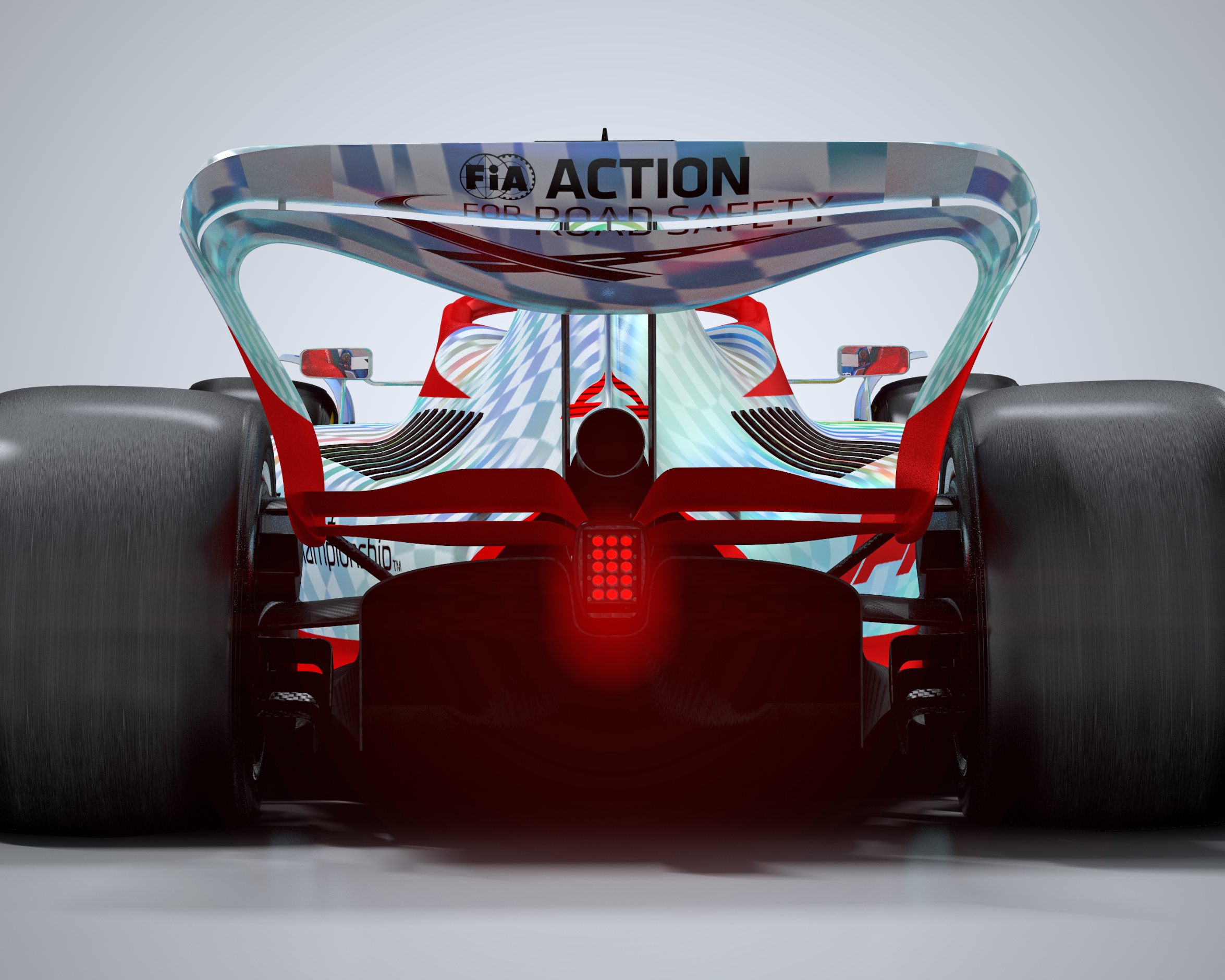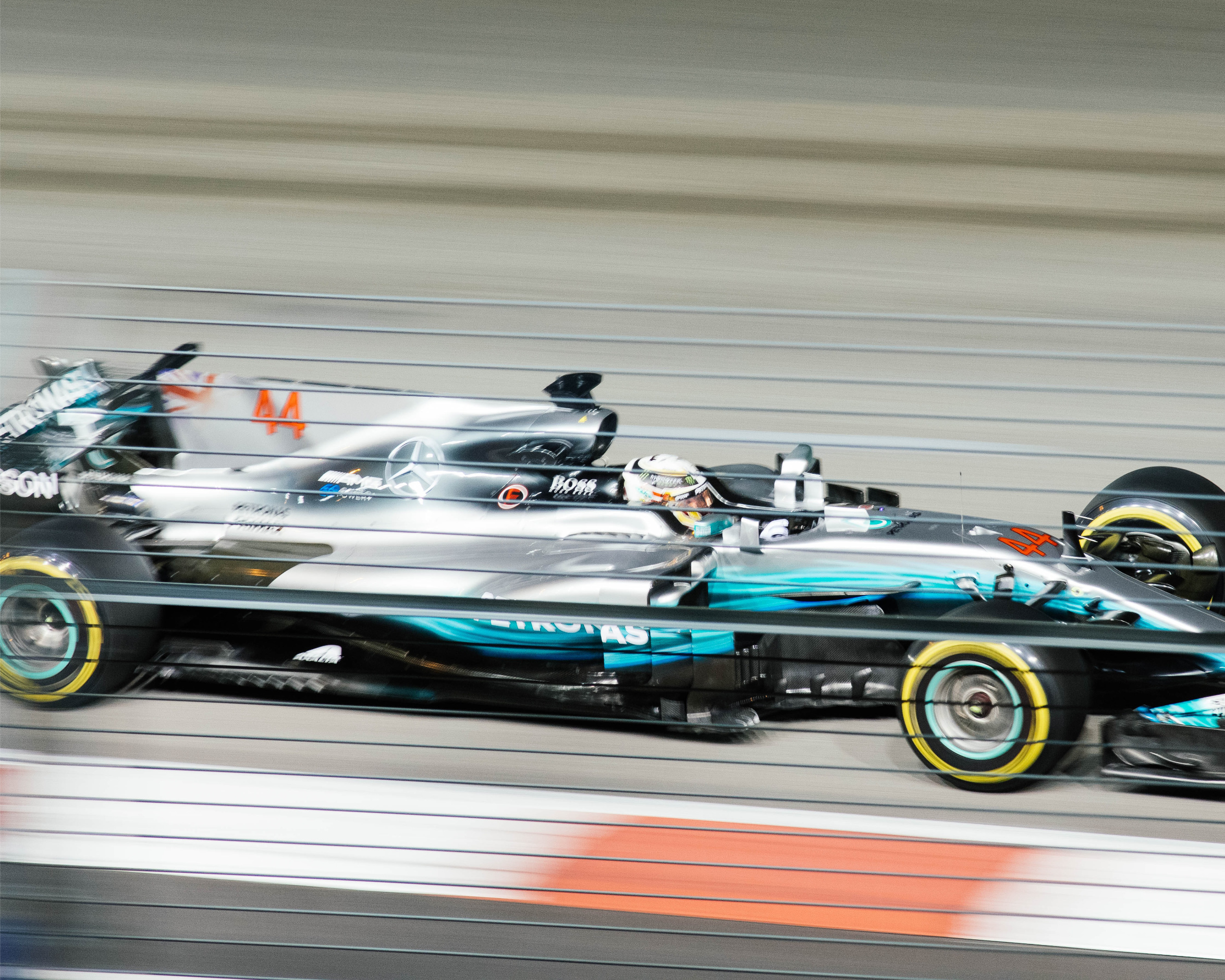This F1 season we’ll get to see how the new technical changes to the cars pan out. Asheeqah Howa looks into exactly what changes will be implemented.
Mid 2021, the FIA revealed the demo 2022 car to the teams and the world, which included all that can be done due to the technical regulations that will be applied this year. These regulations were intended to be put in place in 2021 however due to the COVID pandemic, it was delayed a year. The overall redesign for the new car had two main objectives. First, to promote better and closer racing. Second, to keep to the exacting level of safety that F1 has become associated with in recent years.
What’s New?
The biggest downside of these impressive machines is the problem of following behind a leading car, this effect has been called ‘catastrophic downforce loss’. In the 2021 car, when following behind a leading car at three car lengths (approximately 20 meters) the downforce loss is at 35%, however as you reduce the distance to one car length (approximately 10 meters) the downforce loss increases to 47%. That is a significant reduction in speed for the car following behind, making it extremely difficult to overtake in racing conditions. While implementing the new regulations, the F1 stewards looked to see how they could reduce this downforce loss, and actually looked to the past to find the answers. Back in the late ’70s, an aerodynamic phenomenon known as ground effect came into play, as the cars were effectively designed in the shape of upside-down airplane wings, thus creating huge amounts of downforce. Full ground effect cars were later outlawed at the end of 1982, however the new 2022 cars will not be full ground effect cars but will be implementing the science behind the aerodynamics of ground effect. By using this concept the cars behind the leading car have now cut their downforce loss to a 4% loss at 20 meters and only rising to 18% at 10 meters distance from the leading car. This could possibly lead to closer racing and more overtakes this upcoming season.

Two other eye-catching details on the 2022 car are the over-wheel winglets and wheel covers (last seen in F1 in 2009). The simple reason for the wheel covers is sending airflow through the wheels could potentially be a very potent way for teams to up their downforce. When it comes to the over-wheel winglets, their primary function is to help control the wake coming off the front tyres and help direct it away from the rear wing. This function was traditionally performed by vortices from the front wing, however this makes them very sensitive in following-car conditions. The winglets will achieve the same thing, but in a more resilient, aerodynamic way in close racing. Another thing that was talked about a lot with enthusiasm that has come to fruition is the introduction of 18” wheels with low profile tyres. A primary aspect that was of concern during the previous season was the overheating of the tyres when they slide, so with the inclusion of these new tyres it is hoped that this will be reduced and promote more competitive racing. In recent years, front wings have gotten progressively simpler, but for this new season the F1 car will be featuring an entirely redesigned front wing shape. Keeping with the main reasons for the regulations of closer racing, these new front wings will help generate consistent downforce while running closely behind another car and to also ensure that the front wheel wake is controlled well and directed down the car in the least disruptive way.

The rear wing has also been upgraded as such, with the inclusion of rolled tips. This inclusion will end up creating an invisible mushroom-shape wake. To put it simply, it will create a less disruptive airflow behind the leading car than in previous seasons of F1. When it comes to fuel, currently the cars run on 5.75% bio-components, and while F1 is still working very hard to introduce a fully sustainable fuel in the near future, this season will see the bio-component rise to 10%. This will be done through a move to ‘E10 fuel’ the ‘E’ stands for ethanol, while ‘10’ refers to the percentage in the mixture. A keynote feature in the safety aspect of the cars is that select parts will be covered in a rubber membrane to stop them shattering so easily. This is really important as this will could possibly reduce the amount of debris on-track. Another safety aspect of the car is that the rear components will be tethered down to help keep them attached if an accident should occur.
What remains the same?
The power unit will remain the same as the 2021 season, however the gearbox will be frozen from 2022 to 2025, which means that there will be only one upgrade available to the teams in that time frame. This regulation is an effort to limit the cost in the team’s resource and development sector. The power units can be slightly heavier, however, there is a stipulation attached to it, as the teams can only use commercially available materials. What this means is that the teams can’t use any exotic or exclusive materials in the production of the power unit, this also applies to the battery and turbo suppliers and no exclusivity deals are allowed. Something that was debuted last season was the introduction of the sprint race. It was agreed among all the teams in the paddock that the sprint race is a staple that should remain on the F1 calendar. Although avid race fans are still a bit sceptical about this addition to the race format, we hope that it will take off as this will add an extra dynamic to the points scoring system. All these changes to the regulations should create an interesting season and we hope the racing will be closer and a lot more overtakes in the races. All that’s left to say is: Let’s go racing!

Photography: Courtesy Images





